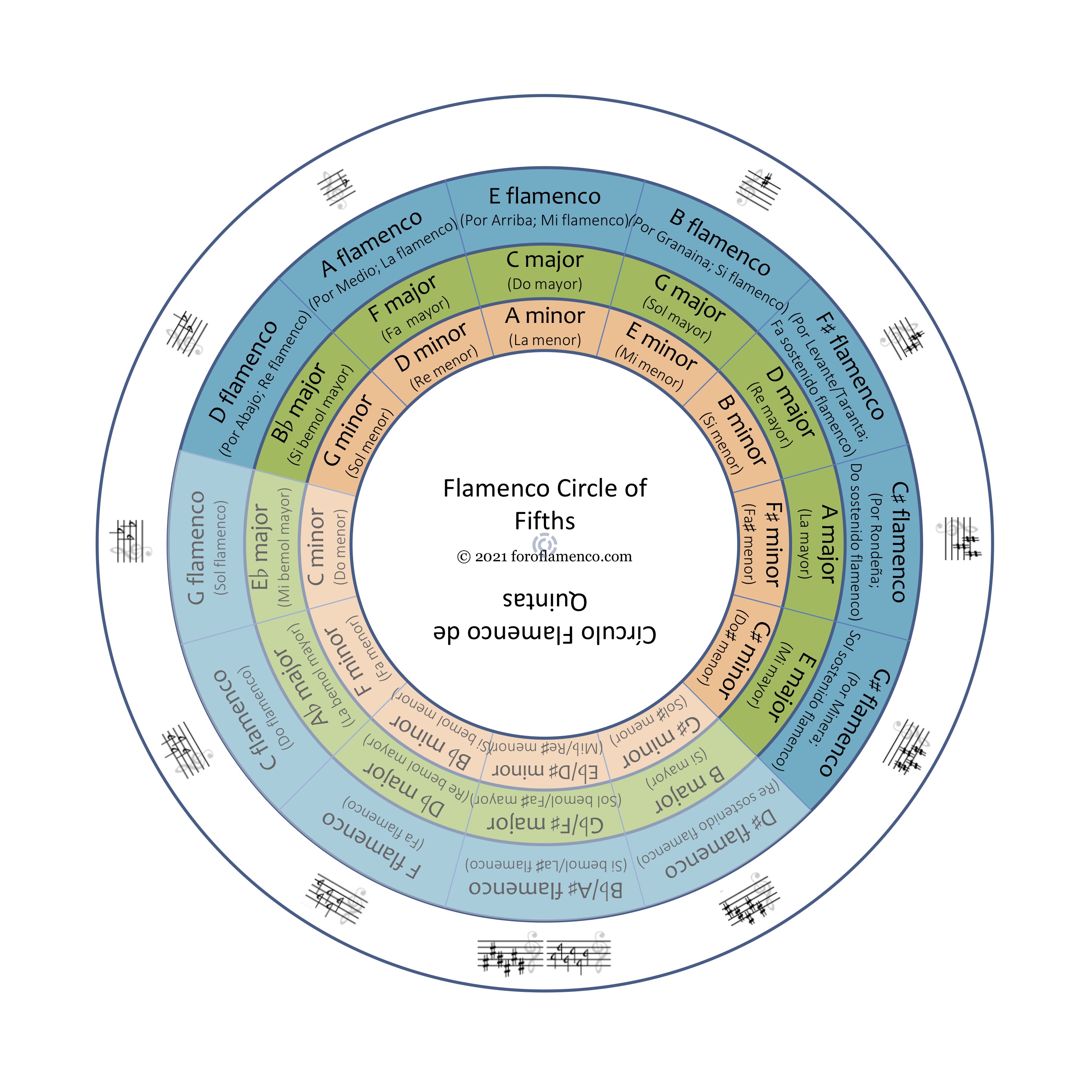|
Ricardo -> RE: Taranta (Oct. 28 2013 14:41:33)
|
quote:
ORIGINAL: akatune
Theoretically I can start at E at the 12 th fret and work my way down each chord and corresponding scale, in a flamenco way, to F# at the 2nd fret. That would be taranta.
But, based on the years of debates on the foro, there are those nay sayers who will say that's not flamenco. Purists so often deny flamenconess based on the slightest variation. So where's the line. We can't just say, "because."
It's a philosophical question and a question that may require deep knowledge of theory.
This topic comes up a lot. It's not philosophical at all IMO. It's difficult to explain without being condecending as I once stated "if you have to ask, then it is NOT in the proper form...". I know that sounds bad, but what I mean by that is you need to have studied the form so well that the question "what makes it a taranta" is a non issue, long before you "compose" your first falseta. Many beginners confuse a SONG FORM with being as simple as being "in a key" or "in a certain rhythm". It's not that simple.
Other musics have song forms...in Bach's day you had "fugue", and beethoven was into "sonata allegro". American musicians developed "Blues". So before you set out to say "well, I want to compose a fugue...here I go..." you need to have studied tons of fugues. And understand their structure. Same for Blues or any song form. There will be different approaches. It is not only about copying or interpreting existing music, but understanding the parameters. It is not about "rules" like when you go driving around town that you have to follow. No cop will stop you from just doing whatever you want and calling it "the blues". But the people that are seriously involved with a song form will know very well what the composer knows about it.
So as far as Taranta goes, Morante is correct the cante form is important. But as a player/composer what that means is the ACCOMPANIMENT in general of the cante. Not only the chord structure for the singer. ANy folk or jazz etc player can play the "chords" for the cante (Simple D7,A7, G7, F#) but that is not nearly enough to make a good FLAMENCO sounding accompaniment. All the things that happen inbetween the singing is important too. And the way the chords are set up to answer the singer with short melodic devices.
Even though some super cante nerds believe any guitar playing that could constitute a "solo" is tosh, it turns out it is super important for extablishing right mood and atmosphere for the singer to feel comfortable anyway. And those interludes are not random, they also have timing even though they are free. THere has to be flow which translates to compas just like for other forms that are more strict meter. Again, the recent example of classical players interpreting a flamenco solo taranta points to the same issue, the timing learned from studying accompaniment is important for the bigger picture of the form. And I could go further that accompaniment is more than just cante when you take baile into account. But a good command of how guitarist play for singers is more than enough to get into composing your own stuff.
Now you dont' have to go out and memorize some giant anthology of "cantes de la mina" or something first. Although that is good too....something as simple as go on youtube and look up people singing taranta/taranto/cartegenera etc etc, pick some good version you like and learn what the guitarist does. THen compare to a different player you might like, or same player different performance etc. extract new details each time, very small ones. Over time the model you create as a blue print for the form will get more clear and you will find yourself creating your own things that you trust "work" and sound unique at the same time.
Ricardo
|
|
|
|

